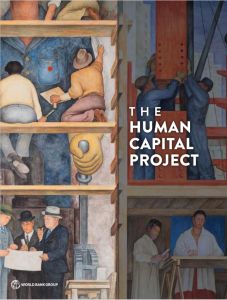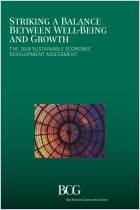加入 getAbstract 阅读摘要

加入 getAbstract 阅读摘要
The World Bank Group
The Human Capital Project
World Bank, 2018
看看什么内容?
A new index measures “human capital,” with the aim of guiding national investment.
Recommendation
In a world inundated with bad news, optimists may find hope in a new “human capital” index, which shows that children born in 2018 will grow up better able to meet the challenges of the future than those born in 1980. But despite the overall improvement, wide differences remain between and within the advanced and developing nations. This useful and illuminating report from the World Bank Group can guide leaders, policy makers and economists in setting development strategies.
Summary
About the Author
The World Bank provides financial and technical assistance to developing countries.



















Comment on this summary